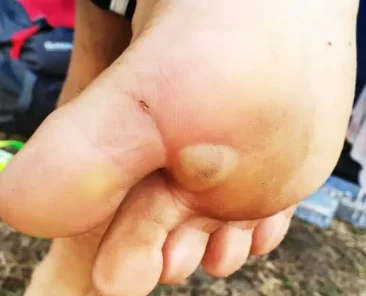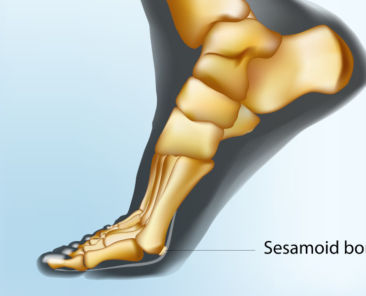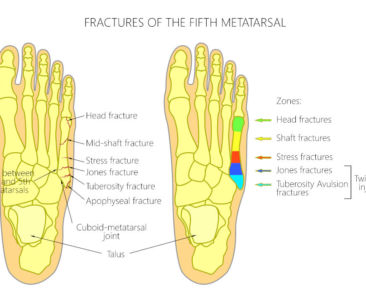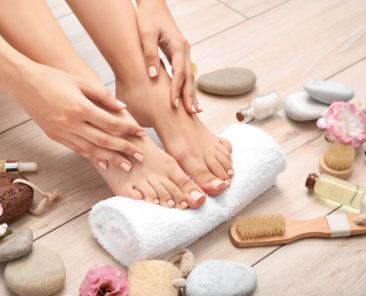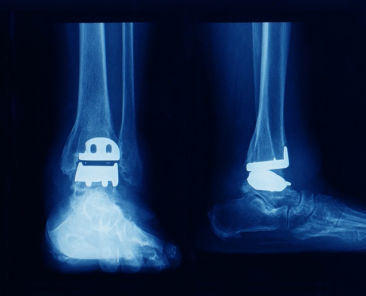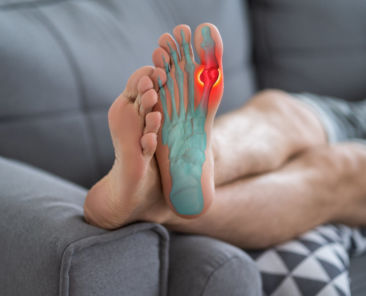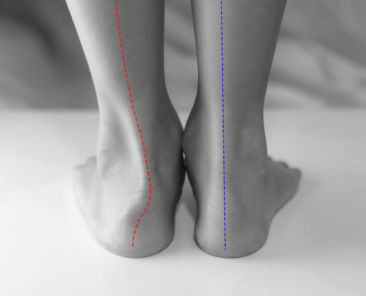Ankle health starts at home. Everyone must have a proactive attitude and look closely at ongoing problems with their ankles. Maybe you’re straining your ankles too much when you’re working out, or are putting excessive pressure when you’re doing a certain physical activity. However, there is nothing to worry about because this can easily be mitigated with simple steps every day.
It’s not uncommon for someone to spend extra time walking throughout the day to come home and realize there’s a blister under a foot. Hiking, running, walking, cycling, and other sports can all cause blister development. A painful blister can be caused by many things and make it hard to exercise, walk, or even stand for long periods.
Sesamoiditis can cause pain at the ball of the foot, near the big toe joint. The sesamoid bone can experience repetitive stress and extra pressure when the big toe pushes your foot forward. Sesamoiditis happens when the two small sesamoid bones are injured or irritated due to repetitive movement and overuse.
When you hear that someone has a foot fracture, this can refer to many different bone breakages. Ankle fractures, heel bone fractures, and metatarsal fractures are just a few of the most common foot and ankle fractures. When the foot or ankle is overused, this can also result in stress fractures.
While you might not spend a lot of time thinking about your feet, they’re an integral part of your body. Feet are what get you through the thousands of steps that you take each day. Yet, we stuff them into high heels, pound down the sidewalk, and rarely think about foot health.
A total ankle replacement, also known as arthroplasty, is often used to treat rheumatoid arthritis in the ankle. The surgical procedure is designed to improve range of motion and joint stability while reducing ankle pain.
Did you know that arthritis in the big toe joint is the most common type of arthritis associated with the foot? It’s true.
Are you suffering from flat feet? It’s a very common condition. Up to 25% of adults in the United States have flat feet, or pes planus. For some, it’s not a problem, but others suffer from pain and discomfort from the condition. Flat feet reconstruction surgery may be an option if you’re experiencing symptoms related to the condition.

